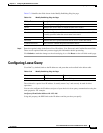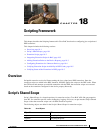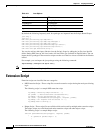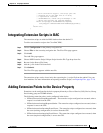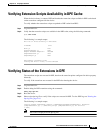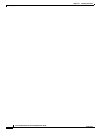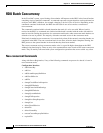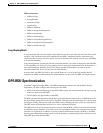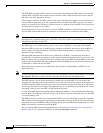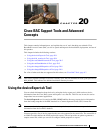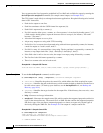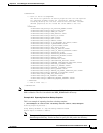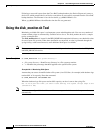
CHAPTER
19-1
Cisco Broadband Access Center 3.8 Administrator Guide
OL-27172-01
19
RDU and DPE Connection Management
This chapter deals with RDU TCP Connection Management, RDU Batch Concurrency and RDU DPE
synchronization.
This chapter includes the following sections:
• TCP Connection Management, page 19-1
• RDU Batch Concurrency, page 19-2
• DPE-RDU Synchronization, page 19-3
TCP Connection Management
Communication between the RDU and its clients, such as DPEs, API, occurs over TCP. Each client
creates a connection to the RDU that is maintained as long as the client desires.
Over this connection, clients submit batches to the RDU while the RDU replies with the batch results
and additionally sends events. In order to maintain the connection, a heart beat is used when no other
traffic is available. Timeouts are used to prevent the RDU and the clients from creating unwanted traffic.
Heart Beat
Heart beat messages are initiated by the clients. The client sends a heart beat when a read timeout has
occurred and it is in the process of receiving a message. On receiving this heart beat, the RDU echoes it.
The client receives this echo and recognizes that the connection is alive. This cycle repeats itself until
the connection is lost.
If the client fails to receive a reply after sending the heart beat (echo message), it closes its connection
and attempts to open a new one.
The RDU will close the connection if no traffic is sent or received for two consecutive read timeouts. To
change the number of read timeouts before closing the connection, you must set the following property
in the RDU property file and restart the application. You can configure this property in the
BPR_HOME/rdu/rdu.properties file.
/messaging/connection/numReadTimeouts=value



